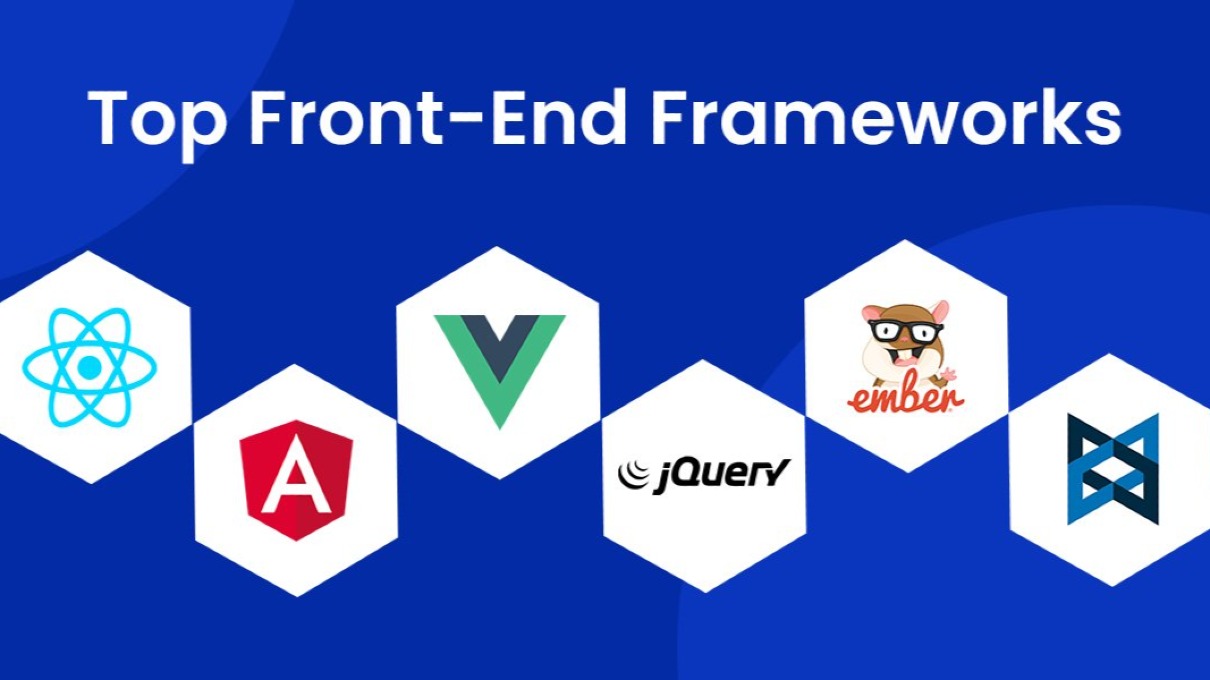Introduction: The Future of Web Applications
The landscape of web applications has evolved dramatically, reshaping how we interact with the digital world. Today, these applications are integral to our everyday lives, offering experiences that rival native mobile apps. Thanks to modern web technologies like HTML5, CSS3, and JavaScript, coupled with powerful development frameworks, web applications are not only fast but also responsive and easily accessible via browsers—no need for additional downloads. This transition has opened up new avenues for businesses, allowing them to deliver services to a broader audience with lower development and maintenance costs.
The Rise of Progressive Web Apps (PWA)
Progressive Web Apps (PWAs) have changed how users engage with the internet by blending the best features of websites and mobile apps. PWAs enable offline functionality, quick loading times, and the ability to be installed directly on devices, providing users with a seamless experience. This innovation boosts user engagement and conversion rates, while also offering businesses an efficient way to reach customers without relying on app stores. PWAs reduce development costs, streamline timelines, and adapt quickly to digital trends, ensuring businesses remain competitive in a fast-paced market.
The Impact of No-Code Technology on Development
No-code platforms have gained significant traction as demand for rapid digital solutions increases. These technologies empower individuals with little or no coding experience to create, customize, and deploy sophisticated web and mobile applications using intuitive graphical interfaces. By lowering the barrier to entry, no-code tools allow entrepreneurs and innovators to quickly test ideas and implement solutions. However, while no-code platforms are ideal for prototyping and quick adaptations, they may have limitations in customization and scalability, which must be evaluated for each unique project.
Frontend and Backend Technologies Driving Development
Web application development relies heavily on cutting-edge frontend and backend technologies, ensuring applications are interactive, functional, and efficient:
-
Frontend:
- HTML5, CSS3, JavaScript: Fundamental technologies for building web structures and styles.
- React, Angular, Vue.js: Frameworks that help create responsive and dynamic interfaces.
- Next.js: A framework built on React, optimized for high-performance websites and e-commerce platforms.
-
Backend:
- Python & Java: Powerful programming languages used for a variety of applications, from simple tools to complex systems.
- Node.js: A runtime environment for JavaScript that excels in real-time applications and scalability.
- Docker & Kubernetes: Containerization and orchestration tools that support the development of scalable, secure, and efficient applications.
Artificial Intelligence and Machine Learning in Web Apps
AI and Machine Learning (ML) are transforming web applications by enabling automation, advanced data analytics, and personalized user experiences. These technologies allow applications to understand and adapt to individual user preferences, providing tailored content and recommendations. AI and ML also optimize data processing, leading to more informed business decisions. By integrating AI and ML, web applications not only become more engaging for users but also enhance business efficiency and decision-making.
Web Application Security: Best Practices
Protecting web applications from security threats is essential for safeguarding user data and maintaining trust. Best practices include regular software updates, strong encryption protocols, multi-factor authentication, and frequent security audits. Educating development teams about emerging hacking techniques and vulnerabilities is also vital to ensuring timely responses to new threats.
Project Management and Teamwork in Development
Effective project management and collaboration are key to successful web application development. Utilizing agile methodologies, such as Scrum, promotes flexibility and quick adaptation to changes. Regular check-ins, using tools like Jira or Trello, and fostering open communication can streamline workflows. A supportive team culture encourages better results and higher productivity, ensuring project success.
Adapting to the Rapidly Changing Tech Landscape
In a rapidly evolving technological environment, continuous adaptation is vital for businesses to stay competitive. Embracing new technologies helps companies innovate and meet changing market demands. By investing in training and keeping up with emerging trends, businesses can stay ahead of the curve, optimize processes, and deliver value to customers.
Containerization and Microservices for Scalable Applications
Containerization and microservices are essential for building flexible and scalable applications. Containers isolate applications into portable units, facilitating deployment and scaling. Microservices break down applications into smaller, manageable components, allowing for faster development and more efficient scaling. Together, they enable the creation of robust, fault-tolerant systems that can quickly adapt to business needs.
The Future of Cloud Technologies
Cloud computing is revolutionizing IT infrastructure, offering scalability, flexibility, and cost-efficiency. As cloud services evolve, they are reshaping how web apps are hosted, managed, and scaled. Cloud technologies allow businesses to innovate faster and implement changes more efficiently, making the cloud integral to the future of IT.
Sustainability in IT Development
Sustainability is becoming increasingly important in IT. Reducing the environmental impact of web application development can be achieved through practices like energy-efficient data centers, recycling old hardware, and optimizing software to reduce power consumption. By prioritizing sustainable development, the IT industry can help mitigate climate change and promote environmental protection.
Remote Work and Managing Distributed Teams
Managing remote teams in tech presents challenges, such as communication, task coordination, and team engagement. To overcome these challenges, teams should leverage digital collaboration tools, hold regular video meetings, and set clear goals. Effective remote management also involves fostering a healthy work-life balance and supporting employee well-being.
Trends Shaping the Future of Web Application Development
The digital landscape continues to evolve rapidly in 2024, pushing the boundaries of web application development. Here are some key trends and predictions:
- AI and ML Integration: AI-powered features, like chatbots and personalized content, are enhancing user experience and boosting app performance.
- Progressive Web Apps (PWA): PWAs are set to dominate, offering app-like experiences through web technologies, with market growth expected to increase significantly by 2027.
- Voice-Enabled Interfaces: As voice assistants become more widespread, voice recognition technology is transforming how users interact with web apps.
- Mobile-First Design: With mobile usage on the rise, mobile-first design is crucial for ensuring that web apps are optimized for all screen sizes.
- Dark Mode: Dark mode is growing in popularity, with more users preferring it for its aesthetic appeal and energy-saving benefits.
- Cybersecurity: As cyber threats increase, integrating robust security measures in web apps is essential to protect user data and build trust.
Conclusion: Preparing for the Future of Web Application Development
To stay ahead of the curve, developers and businesses must be adaptable, ready to learn new technologies, and willing to pivot strategies as digital trends evolve. Focusing on AI, ML, cloud solutions, and no-code platforms, along with fostering sustainable practices and supporting remote work, will help ensure success in an ever-changing market.
FAQ
1. What frontend and backend technologies should I focus on in 2024?
Familiarize yourself with React or Vue.js for frontend development, and Node.js or Python for backend. Containerization with Docker and orchestration with Kubernetes will also be valuable skills.
2. How can I enhance the security of my web app?
Ensure regular software updates, employ strong encryption, use multi-factor authentication, and perform security audits to safeguard your app from threats.
3. Who can benefit from no-code technologies, and how do they impact development?
No-code platforms are ideal for non-technical users looking to build apps quickly. They democratize app development, allowing entrepreneurs to bring ideas to life without needing coding expertise.
4. What are the best practices for managing remote teams?
Use digital tools like Slack and Trello for communication and task management. Schedule regular check-ins and focus on building trust and autonomy among team members.
5. How can I integrate AI and ML to improve my web application?
Leverage AI for personalization, chatbots, and advanced data analytics to enhance user engagement and offer tailored services.



